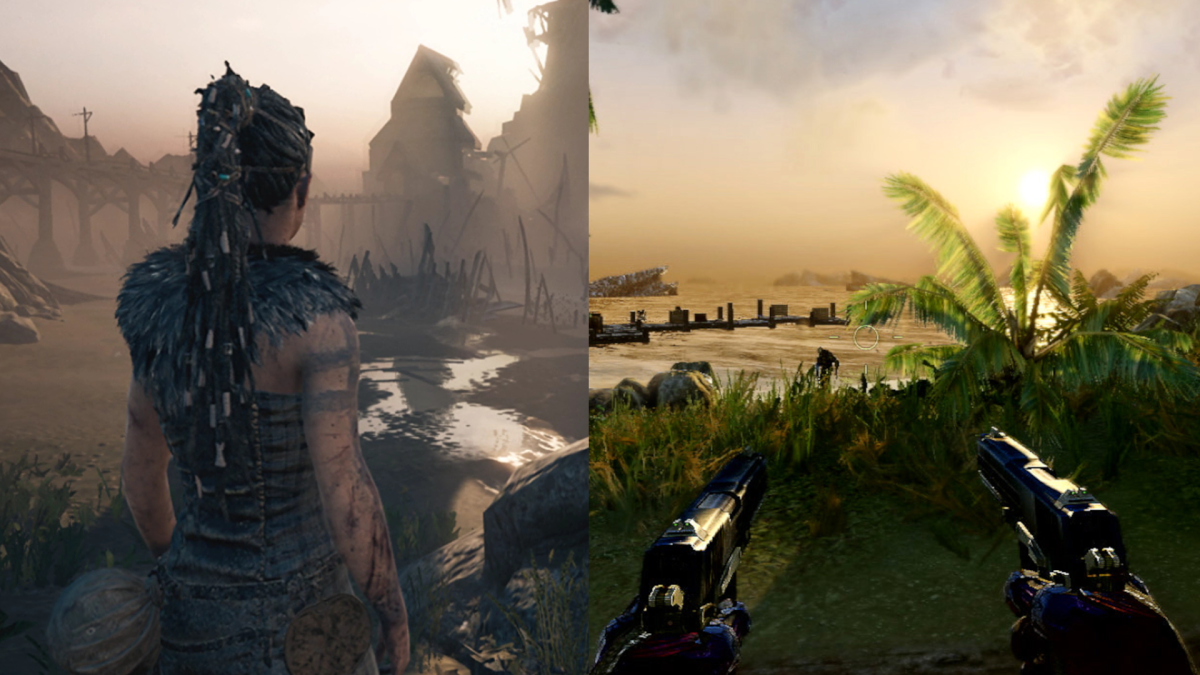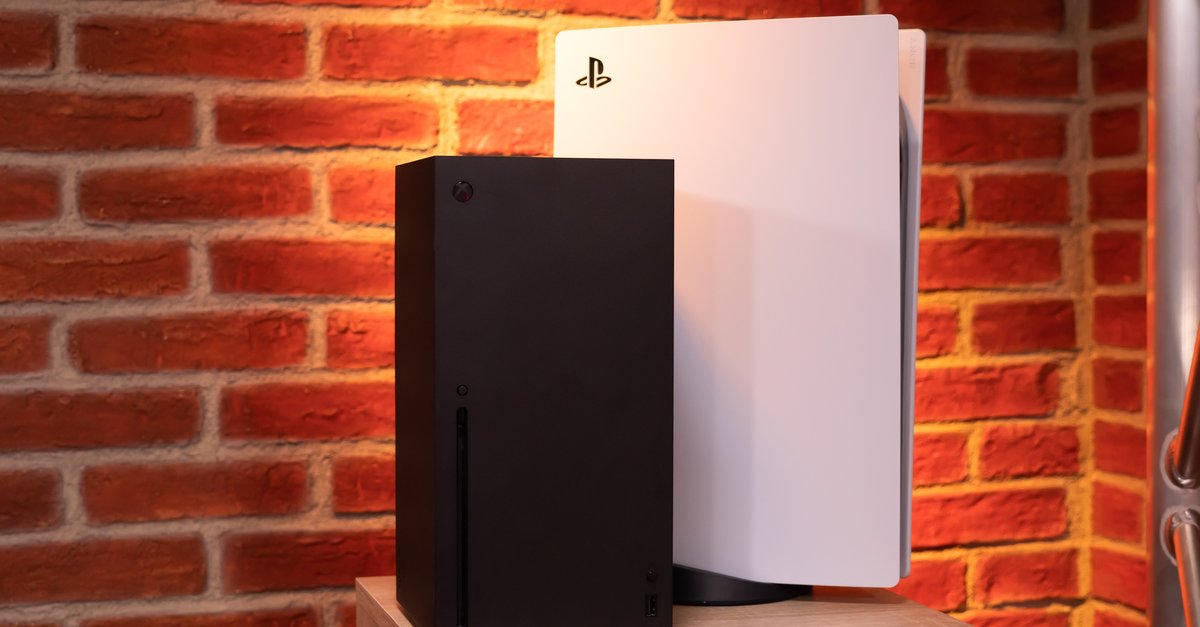All iPhone 13 models to feature the rear-mounted LiDAR sensor
Every year, Apple comes up with a new range of iPhone models. While that is not exactly news, there is another bit of information related to the iPhone that might get you a little excited.
What’s new this time?
All the models of iPhone13 that would be unveiled in the market this year might boast of a rear-mounted LiDAR sensor. Yes, you heard it right. This time around, the much-discussed LiDAR sensor won’t be a part of just a few exclusive models but would feature in all the new models that would be launched by the tech giant this year.
This almost confirmed rumor was sparked by the news of large quantities of the LiDAR components being shipped to the manufacturing units of Apple. The LiDAR sensor became quite popular when it was featured on the iPad Pro. The enormous popularity of this particular component encouraged Apple to include it in the models of the iPhone 12 Pro and iPhone 12 Pro Max.
A large number of people who invested in the iPhone 12 and iPhone 12 Mini were disappointed with the absence of the LiDAR sensor in these devices. The company seemed to have made a note of this and that is, perhaps, one of the major factors that led them towards deciding to include the LiDAR sensor in the entire range of iPhone 13 phones.
A Sony-Apple partnership in the pipeline?
There are reports stating that Sony, under a three-year-long deal, will be supplying a variety of customized electronic parts or components to Apple. The LiDAR sensor is expected to be one of those major components that Sony will be responsible for providing Apple with. If this is true, then it is very good news for fans of both the tech giants. According to this contract, Sony will be catering to several of Apple’s hardware needs till 2023. The two companies can choose to extend or not continue with the contract after this period.
The LiDAR sensor, which featured in some of the models of the iPhone 12, was a laser-based system that provided an estimation of the distance between a particular object and your phone’s camera. These sensors worked extremely well for those who liked to use their iPhones to click pictures, especially in low-light situations.
Another interesting feature of this sensor is its ability to chart out depth maps of a particular area or surrounding area. If you are using augmented reality (AR) app, you will highly benefit from this particular feature.


